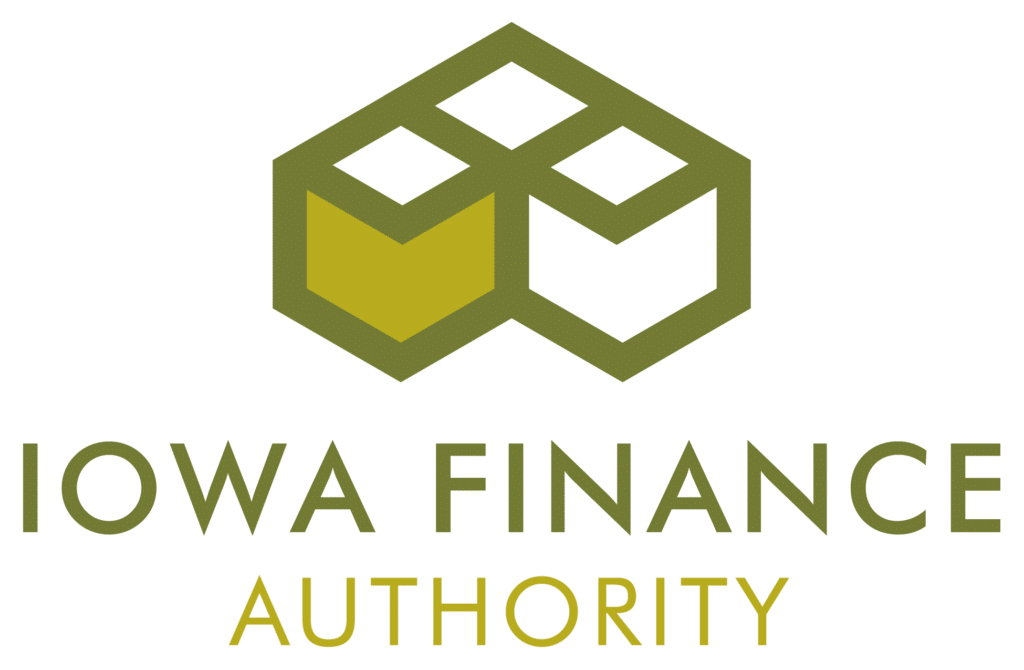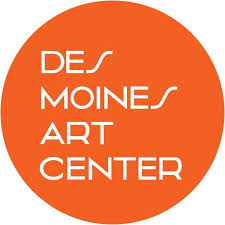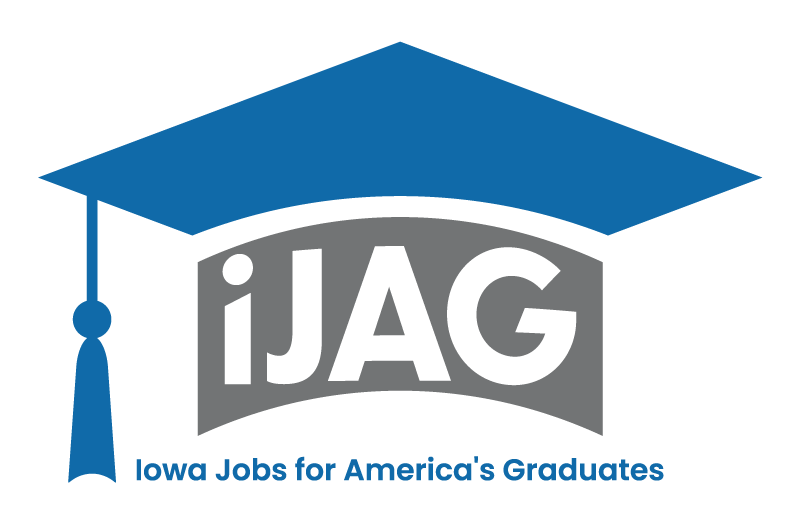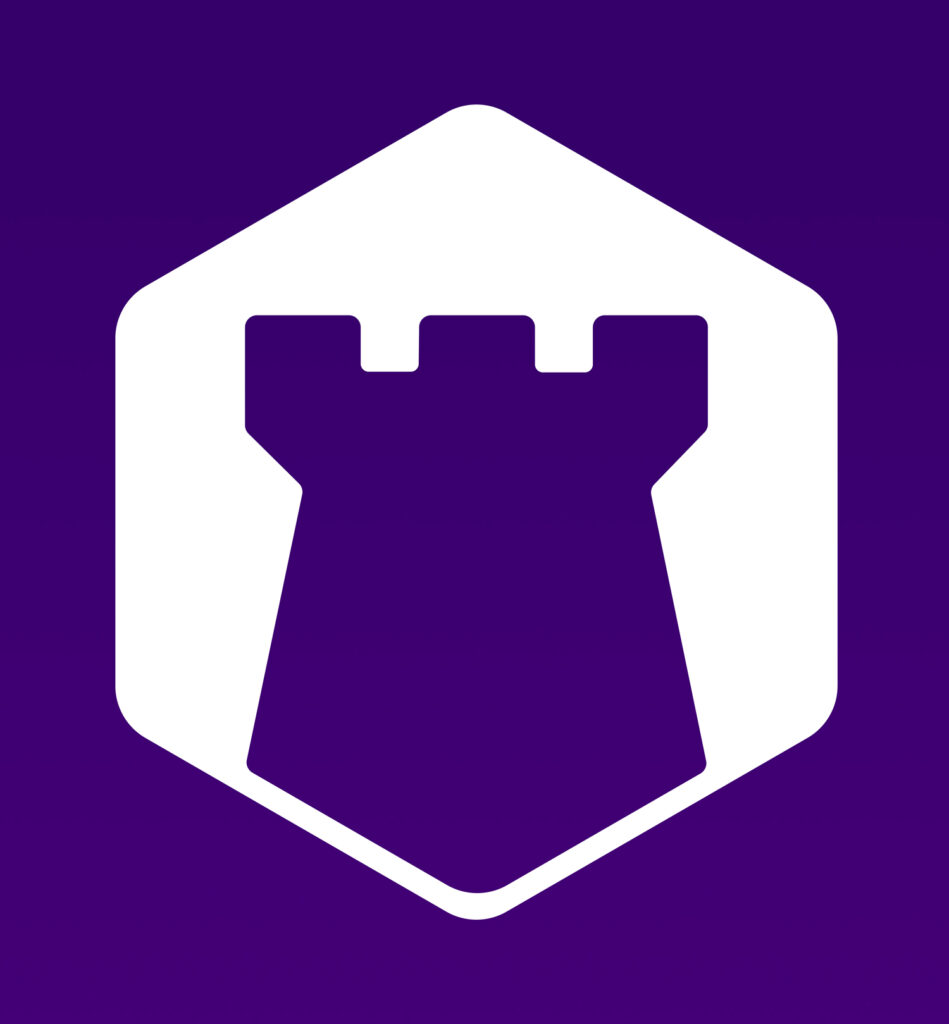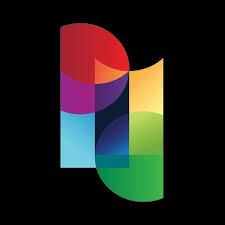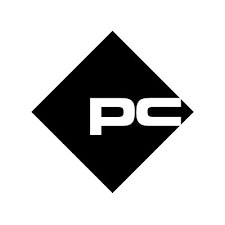Guest opinion: Empathetic listening is our highest-return soft skill

By Emily Abbas | Senior vice president, chief marketing and communications officer, Bankers Trust
Let’s start with the good news and then back into the bad news. As women, we have a natural advantage in one of the most important skills in business and for working in the FBI: empathetic listening. Generally speaking, and backed by studies, women pay more attention to nonverbal cues and show they care by nodding, leaning forward and even synchronizing their movements with the person speaking. Bad news? We don’t always work to develop this skill or apply it in a way that provides its full, powerful impact. I’d like to help change that.
Before I get to the “how to” part, I want to provide a real-life supporting insight. I was recently asked to present to a group of young professionals on the changing dynamics of workplace communication. We discussed the rise of conference calls and apps such as Slack, email and text etiquette, and even if emojis have a place in corporate America. It was an interactive session where the group ultimately landed on the reality that communication has become much more nuanced and complex, and there’s less consensus on what appropriate workplace communication looks like.
When I asked my audience of young professionals how we can best approach the ever-changing rules (or lack thereof) in workplace communication, one young woman suggested, “We need to keep in mind that it’s not all about you.” She went on to explain that the best communicators focus on their audience’s needs, and they’re aware the message they think they’ve delivered doesn’t always match the message their listener actually receives.
I don’t think it’s a coincidence the audience member who advised us to be more empathetic toward our listeners was a woman (whose name I wish I’d caught. If you’re reading this, please reach out so I can give you credit). In a world of online conversations where tone and intent are easily lost or misunderstood, it’s crucial we stop and think about the most appropriate communication channels to use and whether a conversation would be better received in person. Which brings us to making the most of the in-person opportunities.
Nature vs. nurture: Empathetic listening can be developed.
While women may be more naturally empathetic and therefore better communicators, this skill can be developed by men and women alike. Let’s take a page from the FBI playbook, as this list initially appeared in a Law Enforcement Bulletin called “Crisis Intervention: Using Active Listening Skills in Negotiations.” I know, it sounds heavy and scary, but the pared-down list is so simple and spot-on that I found it helpful and hope you do, too. Active listening is empathetic listening and involves:
1. Paying attention.
2. Holding judgement.
3. Reflecting.
4. Clarifying.
5. Summarizing.
6. Sharing.
While the benefit of active listening is likely most apparent during important conversations and stressful times, I believe it also addresses the young woman’s perspective that it’s “not all about you,” but rather it’s really all about the person you are communicating with. Every day, as a leader, I see the benefit of seeking, understanding and clarifying different viewpoints.
And it’s not only differences between women and men. My interaction with the YPs made clearer to me there are also generational differences. With Generation Z entering the workforce – bringing a total of five generations working together – it’s more important than ever we continue the conversation of empathetic and effective workplace communication from the listener’s vantage point.
I’ll leave you with this challenge: Go back to your teams and have a conversation about communication styles and what active listening looks and sounds like. Find out their preferences, apply empathetic listening, and further hone this fundamental and powerful advantage most women have, and everyone can develop.
Emily Abbas serves as senior vice president, chief marketing and communications officer for Bankers Trust and is a community advocate through leadership positions with United Way of Central Iowa, MercyOne Medical Center, Drake University, Downtown Community Alliance, Greater Des Moines Partnership Communications Board, Governor’s STEM Advisory Council, Robert D. and Billie Ray Center, Better Business Bureau, just to name a few.



